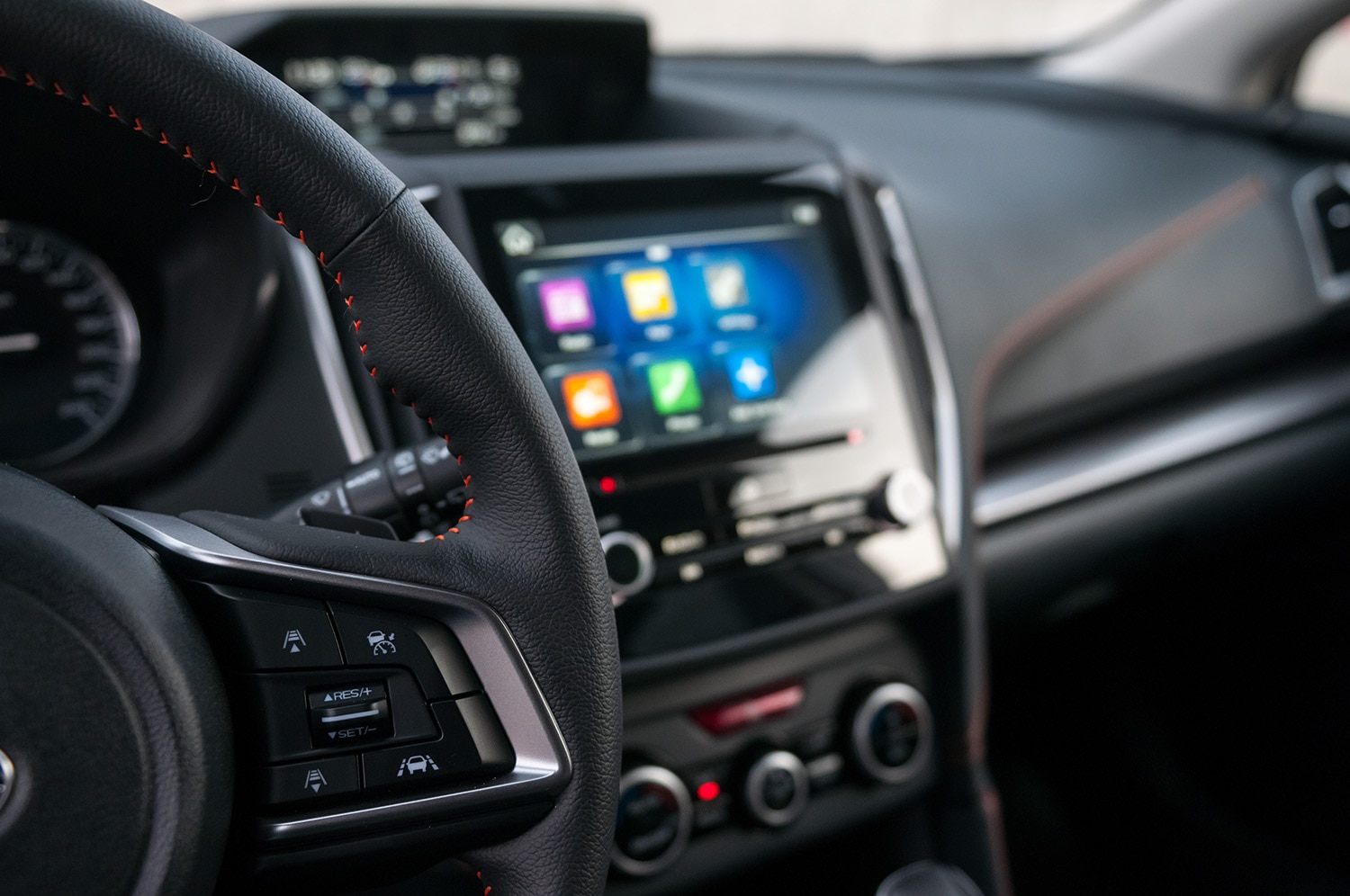How Car Microphones Could Improve Vehicle Safety
Perhaps more than ever before, your car needs to listen to you and the outside world.
 Shutterstock
Shutterstock
Article QuickTakes:
In-vehicle microphones could improve the safety of your next car, truck, or SUV. This new wave of consumer electronics is poised to become mainstream over the next several years, according to industry experts. Companies vying for early recognition in the space include Samsung subsidiary Harman Automotive and vehicle-component manufacturer and semiconductor company Infineon.
Car Microphones Could Equal Safety
Microphones on vehicles can be used several ways, such as assisting in autonomous driving. In vehicles with Level 3 or above autonomous capabilities, such audio devices are likely to be necessary, especially if there is limited driver input. The U.S. Department of Transportation's Intelligent Transportation Systems - Joint Program Office defines Level 3 autonomous vehicle capabilities as those that allow drivers to "safely engage in other activities" while behind the wheel.
Detecting ambient sounds is a key ability for autonomous and semiautonomous driving functions. Microphones can pick up the sounds of vehicles, pedestrians, and other important audio information through noise detection or speech recognition. They could also play an important part in making drivers more aware of emergency vehicles.
The microphones serve two purposes, according to Mitul Jhala, senior director and general manager for automotive embedded audio at Harman International. "The first is for telephony/hands-free communications and noise-management applications," he said. "These include road, engine, and vehicle-noise cancellation. The newest use cases are for emergency-vehicle detection and localization of sirens, as well as speaking commands to your car."
Microphones Are Developed for Automotive Use
Priya Muralidharan of Infineon's Vehicle Automation and Chassis group said the company's silicon microphone is qualified for automotive use, adding that Infineon also works "with tier-one auto manufacturers and OEM (original equipment manufacturer) companies, designing chips to be packaged as they see fit."
Companies such as Infineon and Harman focus on reliability because autonomous vehicles depend on the microphone as one of their tools for automated driving.
For example, Harman's microphones for automotive use are tested specifically to ensure they'll operate properly in harsh environments, according to Muralidharan.
Harman's Jhala echoed the importance of environmental testing for automotive microphones, pointing to wind as one of the biggest challenges in developing the tech. "The goal is to make any microphone as discerning as possible," Jhala said. "If it picks up too much ambient (background) noise, it's much harder for the system to differentiate."
This new technology, Jhala said, can distinguish discrete noises up to about 2,000 feet away.
Microphones Can Help With Autonomous Driving
For autonomous driving, the reliability of a vehicle's cameras, sensors, radar, and microphones is critical. For example, an autonomous vehicle will need to detect and then yield to emergency vehicles in the same way a human driver does.
"As you achieve higher levels of autonomy, you need more diversity in your sensors," Muralidharan said. "We combine data from all of them, which creates a more reliable picture of the environment. That's where a silicon microphone would add to the reliability of Level 3 autonomy. It's a new use case. When these emerge, you need certain improvements in the technology."



